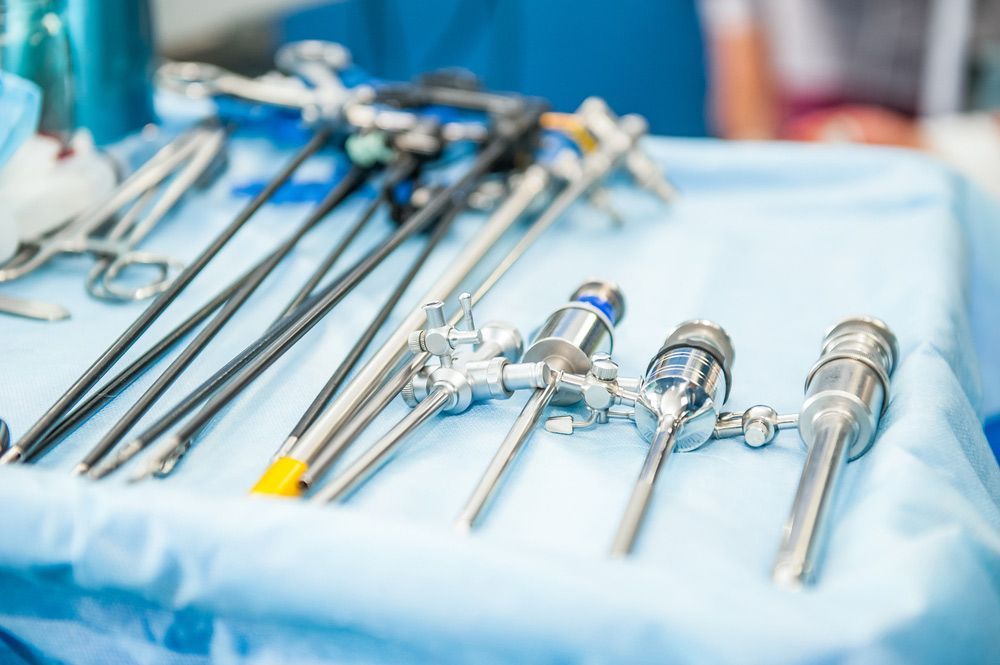We Treat Oesophageal Cancer in Brisbane
Wide Range of Surgical Treatments
Support for Enhanced Recovery After Surgery (ERAS)
Non-Judgemental Practitioners
What Is Oesophageal Cancer?
Oesophageal cancer is the most rapidly increasing cancer in Australia. Long-term (5 year) survival has traditionally only been achievable for 15 – 20 % of patients. However, improvements in the safety of surgery, and the benefits of chemotherapy and radiotherapy, have improved this survival rate in recent years.
Causes
Contributing causes are poor diet, obesity, excess alcohol, smoking and chronic reflux disease. Many cases are contributed to by Barrett’s oesophagus, a change on the lining of the lower oesophagus due to chronic reflux disease. This is often asymptomatic.
Symptoms, Tests & Diagnosis
Symptoms
Oesophageal cancer usually presents with new onset or worsening reflux symptoms, swallowing difficulty, anaemia or weight loss. Urgent upper endoscopy is crucial to early detection and potential survival. Patients at high-risk of developing oesophageal cancer are Caucasian males that are overweight with a long history of reflux symptoms.
Tests
The first investigation is usually upper endoscopy to look at the inner lining of the oesophagus. This is a straightforward and low risk procedure. Any abnormalities may be safely and easily biopsied.
Diagnosis & Staging
If you are diagnosed with oesophageal cancer, the next step is to ‘stage’ the cancer. This involves further scans and investigations to better define whether or not the cancer has spread.
Treatments For Oesophageal Cancer
If your cancer is curable, you will usually be treated by chemotherapy +/- radiotherapy, followed by surgical removal of the oesophagus 4-6 weeks later.
Eosinophilic oesophagitis is best treated by dietary modification, PPI medicines and swallowed steroid (anti-inflammatory) medication. Endoscopic balloon dilatation (stretch) of the oesophagus can sometimes be helpful. If there is associated severe reflux, laparoscopic fundoplication can be helpful in selected cases.











